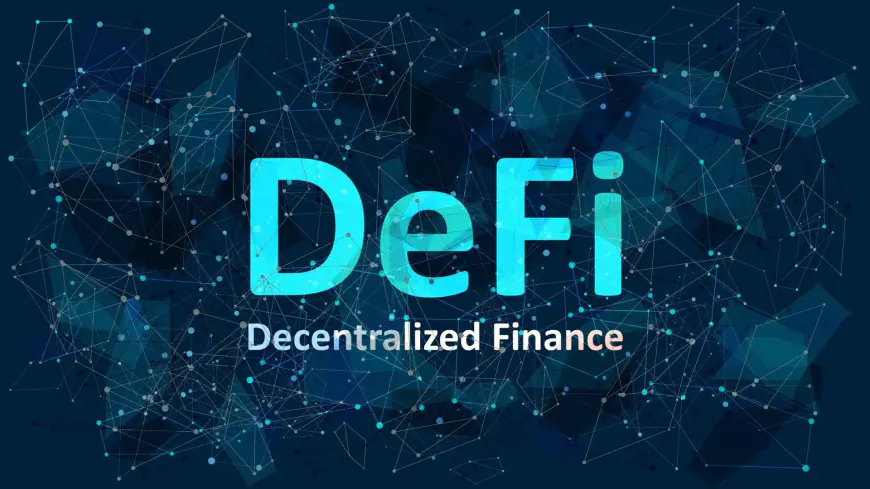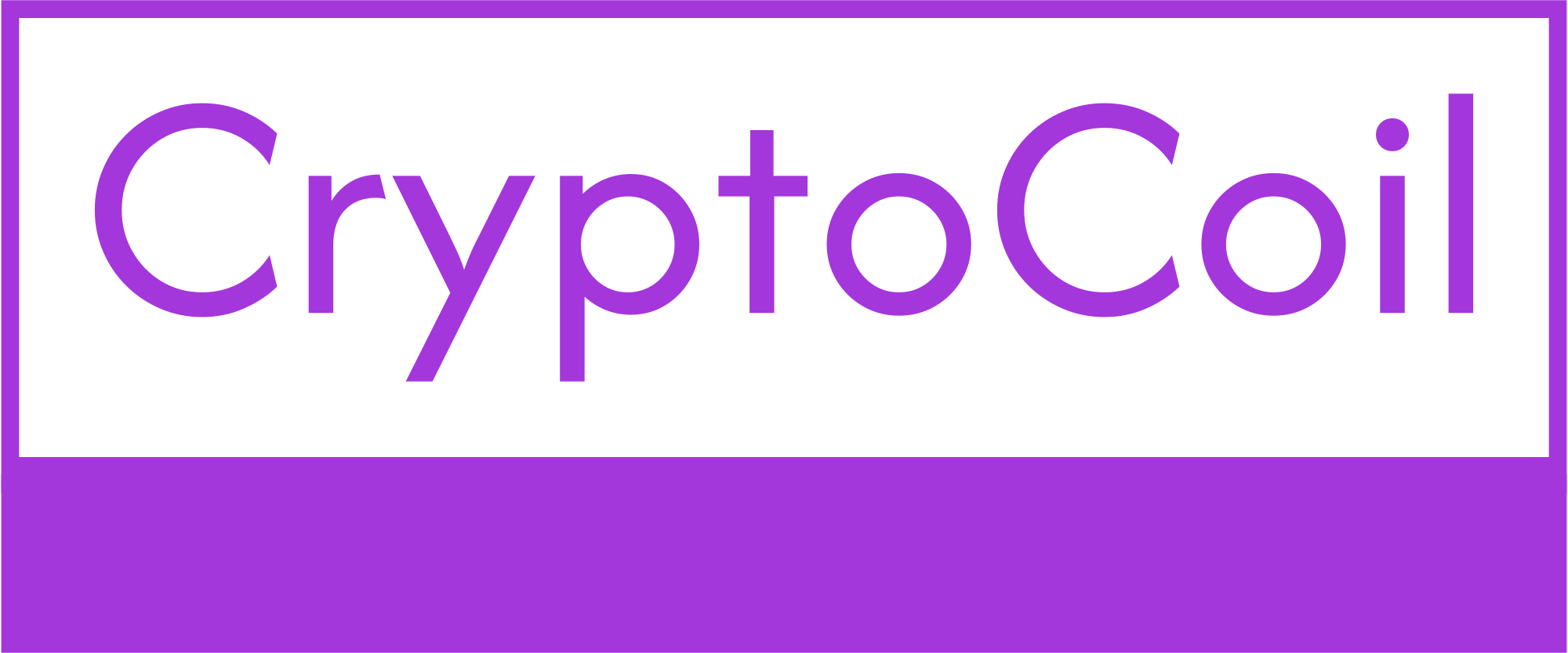What is DeFi (Decentralized Finance) and How Does it Work?
This article provides a comprehensive overview of Decentralized Finance (DeFi), exploring its components, benefits, risks, and how to get started in the DeFi ecosystem. It aims to educate readers on this revolutionary financial movement.

Decentralized Finance, commonly known as DeFi, has emerged as one of the most revolutionary developments in the financial landscape. By leveraging blockchain technology, DeFi aims to create a more accessible, open, and transparent financial system. In this article, we will explore what DeFi is, how it operates, its benefits, risks, and the various components that make up this innovative financial ecosystem.
Understanding DeFi
DeFi refers to a range of financial services and applications built on blockchain technology, primarily using smart contracts. These services aim to replicate and improve traditional financial systems—such as lending, borrowing, trading, and investing—without the need for intermediaries like banks or brokers. Instead, DeFi platforms allow users to interact directly with one another in a peer-to-peer manner.
The core principle of DeFi is to democratize finance, providing individuals with the ability to access financial services without barriers. This has significant implications for those in underbanked regions or those seeking alternatives to traditional financial institutions.
Key Components of DeFi
To better understand how DeFi works, let’s explore its key components:
1. Smart Contracts
Smart contracts are self-executing contracts with the terms of the agreement directly written into code. They automate processes and eliminate the need for intermediaries. In the DeFi space, smart contracts enable various functionalities, such as executing trades, managing loans, and automating the distribution of rewards. These contracts run on decentralized networks, ensuring transparency and security.
2. Decentralized Applications (dApps)
dApps are software applications that run on a decentralized network rather than being hosted on a central server. In the DeFi ecosystem, dApps provide users with interfaces to interact with various financial services. Examples include decentralized exchanges (DEXs), lending platforms, and yield farming protocols.
3. Decentralized Exchanges (DEXs)
Unlike traditional exchanges, DEXs allow users to trade cryptocurrencies directly with one another, removing the need for an intermediary. Popular DEXs like Uniswap and SushiSwap use liquidity pools to facilitate trades, enabling users to swap tokens in a decentralized manner. This model enhances security and reduces the risk of hacking associated with centralized exchanges.
4. Liquidity Pools
Liquidity pools are collections of funds locked in smart contracts that provide liquidity for decentralized exchanges and other DeFi protocols. Users can contribute to liquidity pools by depositing their assets and, in return, earn fees or interest from trades that occur within the pool. This incentivizes users to provide liquidity, promoting a healthy trading environment.
5. Yield Farming
Yield farming involves lending or staking cryptocurrencies in return for rewards, often in the form of additional tokens. By participating in yield farming, users can earn passive income on their crypto holdings. This process typically involves using dApps and liquidity pools to maximize returns.
Benefits of DeFi
DeFi offers several advantages over traditional financial systems:
- Accessibility: Anyone with an internet connection can access DeFi services, eliminating barriers created by geographical location or lack of banking infrastructure.
- Transparency: All transactions on the blockchain are publicly visible and verifiable, fostering trust and accountability in the financial system.
- Lower Costs: By removing intermediaries, DeFi can reduce transaction fees and other costs associated with traditional financial services.
- Innovation: DeFi fosters a culture of innovation, leading to the development of new financial products and services that cater to diverse user needs.
- Self-Custody: Users retain control over their funds, eliminating the risks associated with centralized custodial services.
Risks of DeFi
While DeFi presents exciting opportunities, it also comes with risks that investors and users should be aware of:
- Smart Contract Vulnerabilities: Bugs or vulnerabilities in smart contracts can be exploited, leading to significant financial losses. It is crucial to use audited and reputable protocols.
- Market Volatility: The crypto market is highly volatile, and prices can fluctuate dramatically. This volatility can impact the value of assets locked in DeFi protocols.
- Regulatory Uncertainty: The evolving regulatory landscape around cryptocurrencies and DeFi poses risks. Future regulations may impact the operations of DeFi platforms.
- Lack of Consumer Protections: Unlike traditional financial systems, DeFi lacks regulatory protections, making it essential for users to conduct thorough research and exercise caution.
How to Get Started with DeFi
If you're interested in exploring DeFi, here are some steps to help you get started:
- Get a Crypto Wallet: To participate in DeFi, you need a cryptocurrency wallet that supports the tokens you plan to use. Popular options include MetaMask, Trust Wallet, and Coinbase Wallet.
- Purchase Cryptocurrency: Acquire cryptocurrencies like Ethereum (ETH), which is commonly used in DeFi transactions. You can buy crypto on exchanges like Binance, Coinbase, or Kraken.
- Connect to DeFi Platforms: Once you have a wallet and cryptocurrency, connect your wallet to a DeFi platform. This allows you to interact with various services like lending, borrowing, and trading.
- Research and Choose Protocols: Explore different DeFi protocols and their offerings. Look for reputable platforms with a strong community and robust security measures.
- Start Small: If you're new to DeFi, consider starting with small amounts to minimize risk. As you gain experience and confidence, you can explore larger investments.
Conclusion
Decentralized Finance (DeFi) is transforming the financial landscape by providing open and accessible financial services to users worldwide. By leveraging blockchain technology and smart contracts, DeFi eliminates intermediaries and democratizes finance. While it presents numerous opportunities for earning and investing, it's essential to be aware of the associated risks. As the DeFi ecosystem continues to evolve, staying informed and cautious can help you navigate this exciting new frontier of finance.
With the potential for innovation and accessibility, DeFi could reshape how we think about and interact with financial services. As you explore DeFi, remember to conduct thorough research and make informed decisions to capitalize on its benefits while mitigating potential risks.
What's Your Reaction?


















